Our virtual two-day symposium on Canadian comics: “80 Years and Beyond” seems to have been a proper success—especially for an inaugural effort. We had over 160 people register, and all the sessions were eclectic, engaging, and informative. The sessions brought together creators, publishers, scholars, archivists, librarians, and curators in a healthy mix of mainstream and marginalized voices all on the subject of Canadian comics. The sessions were recorded, and you can find these recordings on youtube here.
Now, we have to start thinking about what next year’s event should entail. Remember, the idea is to bring diverse perspectives to bear on Canadian comics, perspectives that lie somewhere between the Fan Con panel and the high-octane Academic Conference. We want to be able to be accessible and engaging to the general public while still retaining a critical spine.
If it were possible, would it be of benefit to consider attaching the symposium to an annual event such as TCAF, The Doug Wright Awards, Fan Expo, or the Canadian Society for the Study of Comics (CSSC) conference? The first three would provide us with a surfeit of creator, retailer, and publisher resources—especially if we could eventually make this a face-to-face event.
Off the top of my head, here are some areas that I think a future symposium of this nature would do well exploring, such as:
- The market interface between creators and readers (publishers, dealers and local comic shops, crowdfunding, cons, online resources)
- Comics in the classroom, teaching with comics
- Canadian tensions in comics (east-west, French-English, north-south, Torontocentrism, Canada-US, scholarship-fandom, speculation-collecting-archiving, physical-digital comics, mainstream-marginalized, graphic novel genres-superhero adventure genres)
- Looking at understudied areas in Canadian comics (WECA, resurrection period 1960-70s, regional comics, history of the comic shop in Canada, Canadian editorial cartoons, Canadian comic creators and fine art, Canadian newspaper cartoons)
I’m sure that readers of this column could come up with some additional panels/roundtables that would be of interest to the general comic culture public. Post them in the comments. I’d love to find out what angles interest you and what you feel warrants further exploration and be something you would attend.
The plan right now is to work towards another one of these Symposia on Canadian comics, but its shape, date, and possible location are all still up in the air.
As for our comic tribute to the Canadian WWII comic book called “Trailblazers,” we hoped to have had it printed and available by now. However, I’ve been rudely woken up to the fact that assembling an anthology comic is far from a smooth ride. With a self-published comic, deadlines, like goalposts, can afford to become animated and can be pushed forward to accommodate contingencies.
I must especially thank James Waley for snaring a good number of creators for the project and for writing and editing chores on some of those pages. Here is the George Menendez Rae tribute contribution written by James Waley and drawn by Eric Kim.
At this point, we’re looking at a 52-page comic, a size which reflects that of most of the old WWII Canadian comics and will have around two-dozen pieces of art from the comic to display at the companion gallery show at the RAID gallery on Queen West in Toronto in December and through the holidays. The comic has the double function of also serving as a catalogue for the show and should be available for purchase at the show. . The latest version of the cover for Trailblazers is below. Does anyone know where the main image is from (hint, it’s Murray Karn)?
The March 2022 exhibit I’ll be co-curating with John Farr on four of the WWII comic artists who were based in Hamilton, Aram Alexanian, Harry Brunt, Edmond Good, and Win Mortimer, is still set to go and I’ve put together a postcard design to announce the show. Still tweaking it up a bit, but here it is:
The show will feature a solid amount of original art from these creators and the emphasis will be on their association with Hamilton. I’ll provide more information as the date gets closer.
The most recent thing to come up is a chance to speak at the Words Festival in London, Ontario in conjunction with their recognition of the contribution of Eddy Smet to the comic culture history of the Forest City. Eddy owned and operated the earliest comic book store in London. It was called The Comic Collector and did business from 1979-1986. Take a look back at the column I wrote on Eddy about six years ago here.
Eddy is a long-time friend who allowed me to mine his collection of Canadian war time comics before he made the formal donation to the Western University Archives. This was indispensable to my understanding of these old comics and to the production of my book Heroes of the Home Front. Eddy’s passion for comics and his foresight to seek out and save these comics from the wild before many people even knew they existed in order to make an archival donation so that future researchers could have the privilege of holding and examining these actual documents—this, indeed, warrants recognition and the Words Festival will be a great place to do this.
What I will try to bring out in my talk about Eddy Smet’s donated collection of Canadian wartime comics is its variety compared to the collections at the Library and Archives of Canada and at Ryerson (“X”?) University. The collections at these other institutions are almost exclusively made up of Bell Features comics (the Ryerson collection is, at the moment, all Bell Features).
Of the almost 200 WECA comics in Eddy’s donation, only a quarter of them are Bell Features issues. The rest are made up of books from the other companies and, for most of them, these are the only copies in an archive anywhere. The stars of the show are the nicest copy of the half-dozen Better Comics Vol. 1 No. 1 that I’ve seen, as well as the complete set of all four Anglo-American Fox reprints that seem to have come out at around the same time as that first issue of Better.
Also a unique standout is the tabloid-sized newspaper ‘comic’ called Canadian Rocket Comics which came out a month after Better No. 1 and the Anglo-American Fox reprints. This book featured Ted Steele’s creation of the first Canadian costumed, superhero called Wolf Savage a precursor of his later Bell Features hero, Speed Savage. There’s more info on Canadian Rocket Comics in an old column of mine, here.
This is the only copy of Canadian Rocket Comics I’ve seen anywhere. There are also a couple of examples from the London, Ontario publisher Pioneer Publications who put out half-a-dozen American reprint comics in 1948:
My talk will be at 2 pm on Sunday, November 7th. It will be held at Museum London in London Ontario. It’s my understanding that the physical audience will be limited to 25. The comics display, almost all of which have never been available to the public and are not in archives anywhere else, such as Better Comics Vol. 1 No. 1, will be on display for at least a week. The talks by Eddy and myself will be Zoom broadcast to reach a wider audience but you must register here before you can link in.
I hope that many of you can get out to view these rare Canadian comics that have never been on display before and may not be on display again for a long time to come.

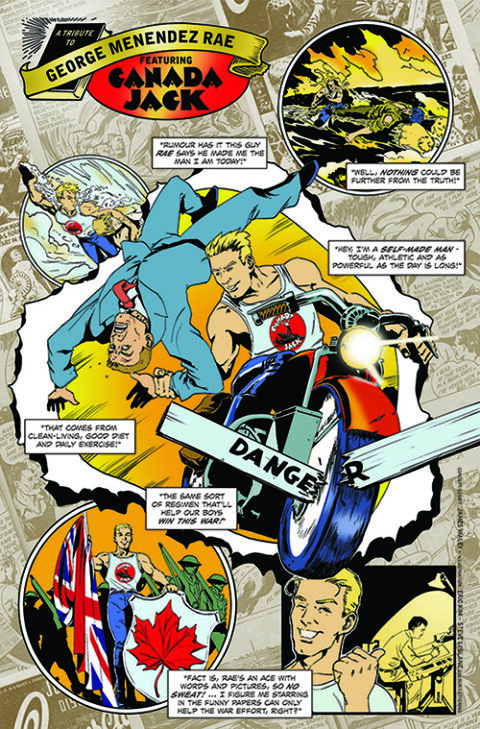
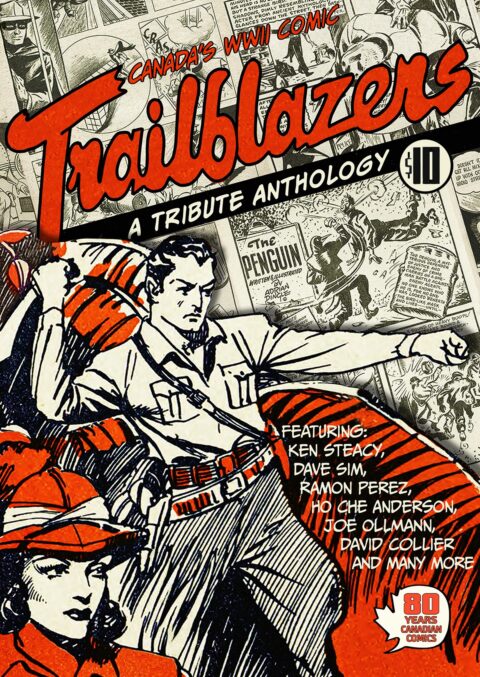
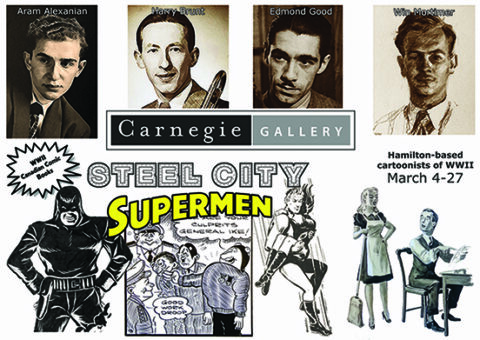
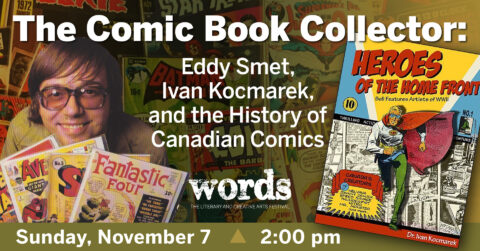
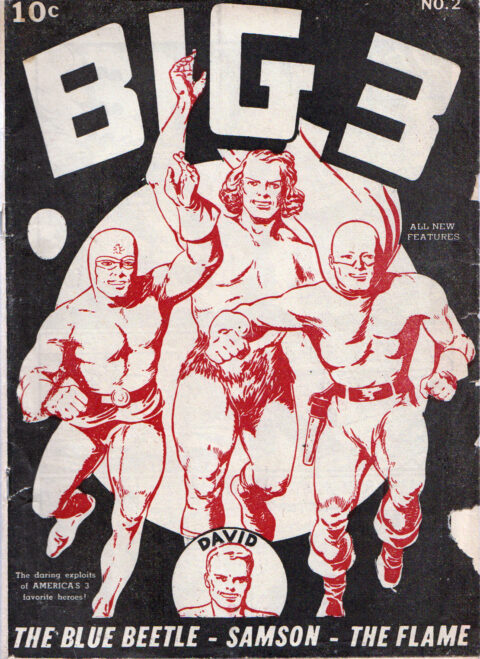
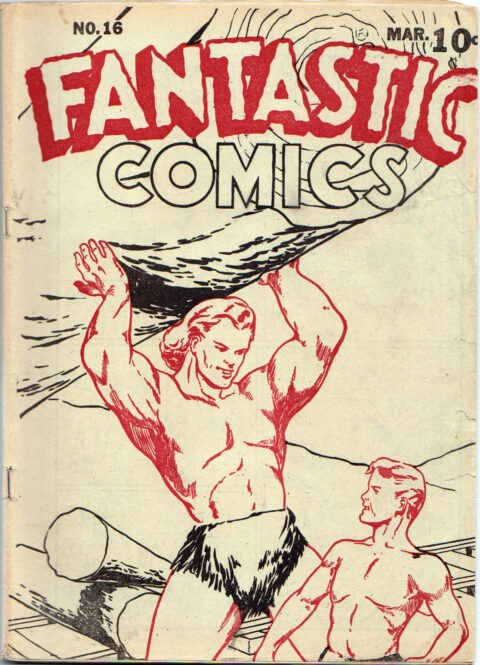
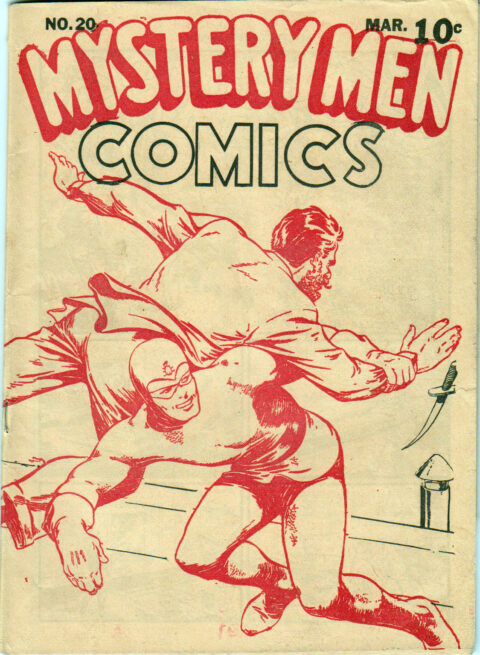
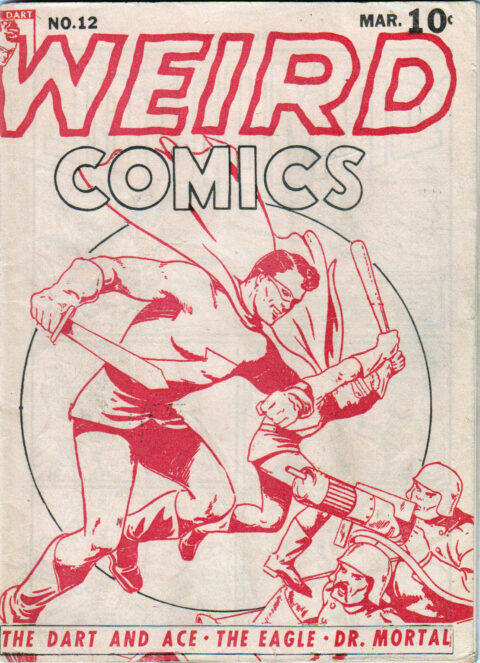
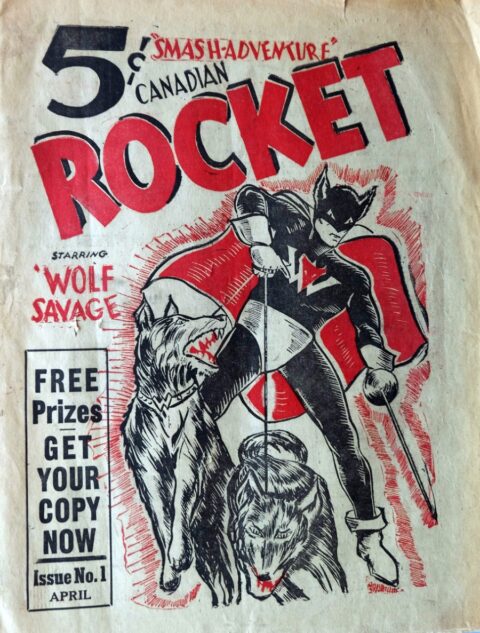
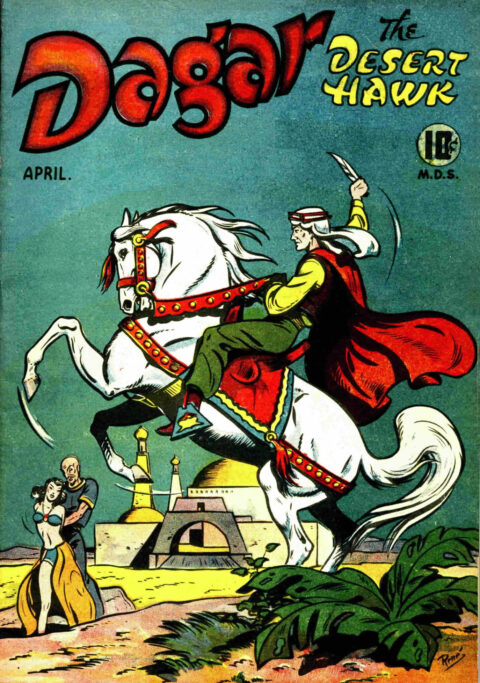
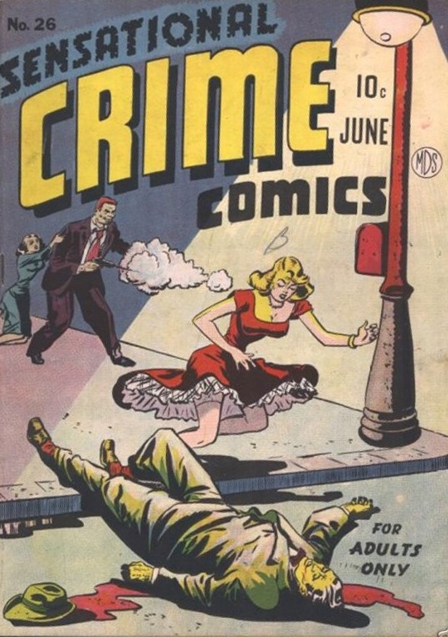



London you say?
It would be interesting if you could get to interview former Commercial Signs/Bell creator J.O’Henly while you were out
that way.
He left comic books fairly early on after creating the characters Spike & Mike to join the armed forces.
O’Henly, John Donald, 1923-, (Biographical Index of Artists in Canada; Dictionary of Canadian Artists, vol. 5, p. 1429)
John is especially important as he “never stopped sketching during the war; his art work captured some of the scenes that
greeted the Canadian troops during that fateful year. He returned to Canada a few months (after V.E. day in 1945) later,
and decided to go back to school, choosing the Ontario College of Art, which led him to a career as a high school art
teacher in London, Ontario. Along the way he married and raised a family, falling into the rhythms of postwar Canadian
life like so many of the soldiers returned from the war. John O’Henly was interviewed by Scott Masters via Zoom, during
the pandemic of summer 2020.”
HB Beal Secondary School in downtown London, Ontario
Returning WW2 veterans studying at Beal in the late 1940’s, increased enrollment and opened opportunities for new staff.
John O’Henly and Herb Ariss encouraged students to be self motivated learners, free thinkers, knowledgeable about the
business of art, actively making art and attending gallery exhibitions. Tutorials were introduced as personal evaluation
sessions, replacing the conventional grading system in the art department.
You can find out more in his bio at the Crestwood (U of W O?) website